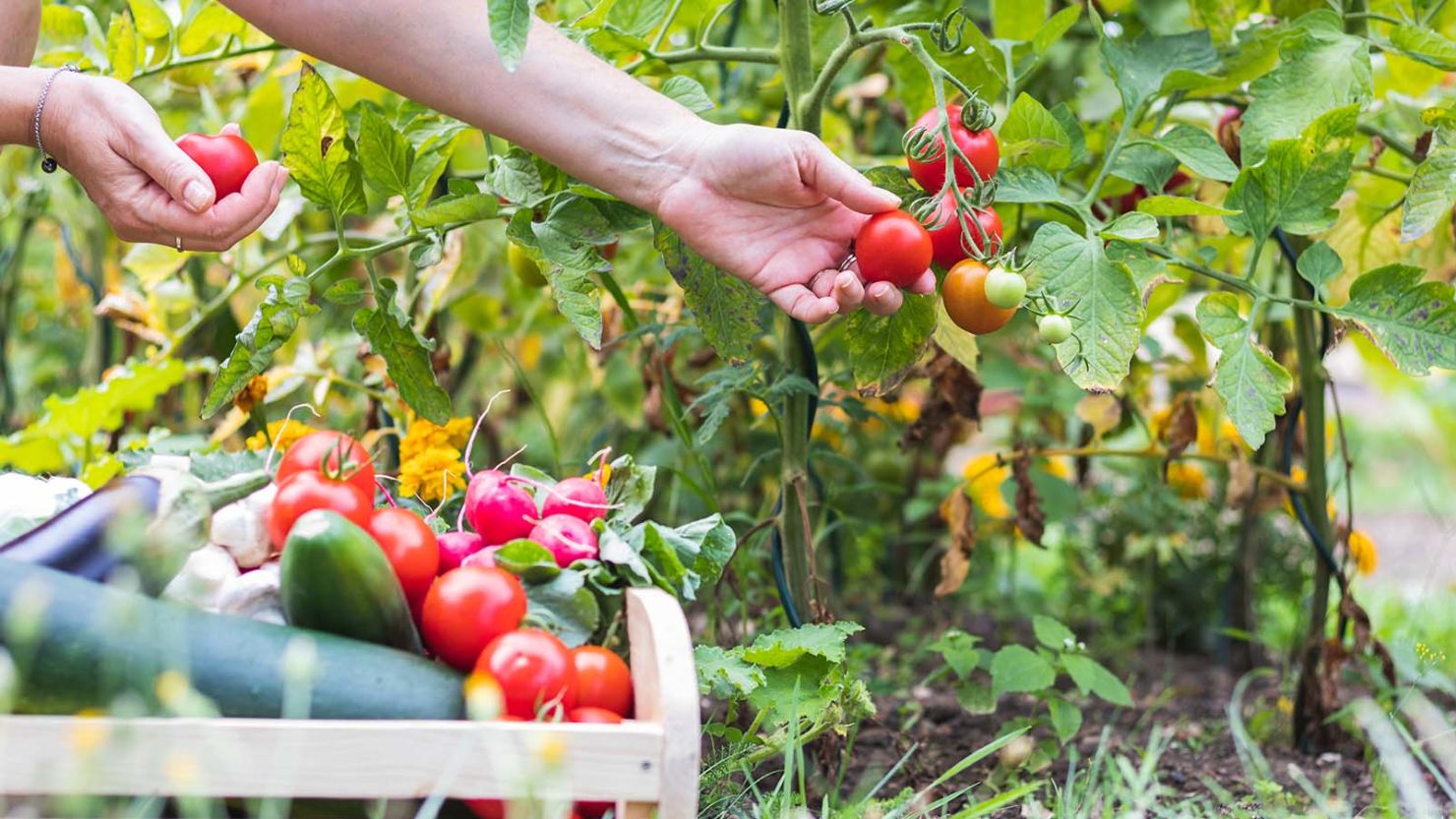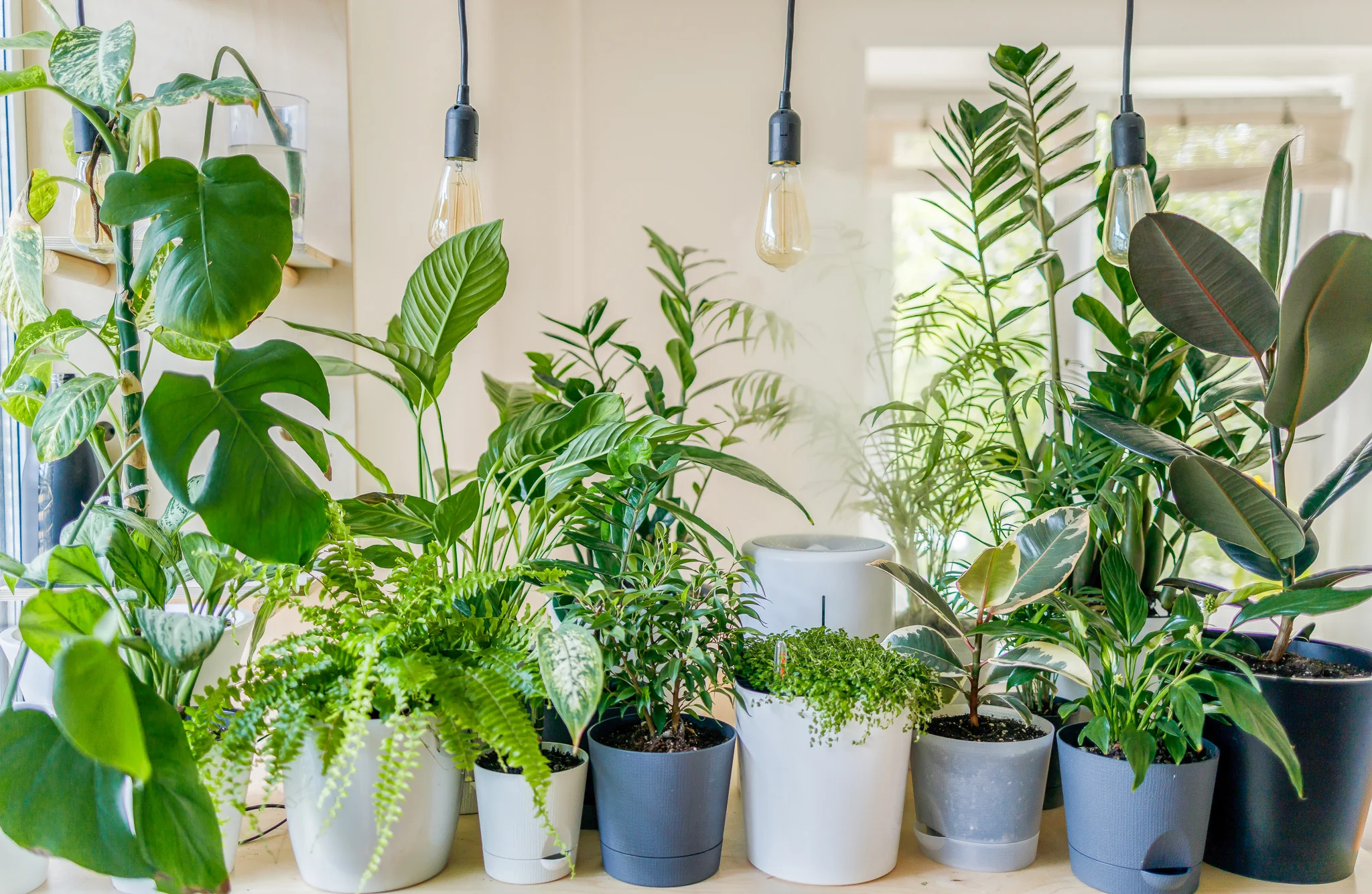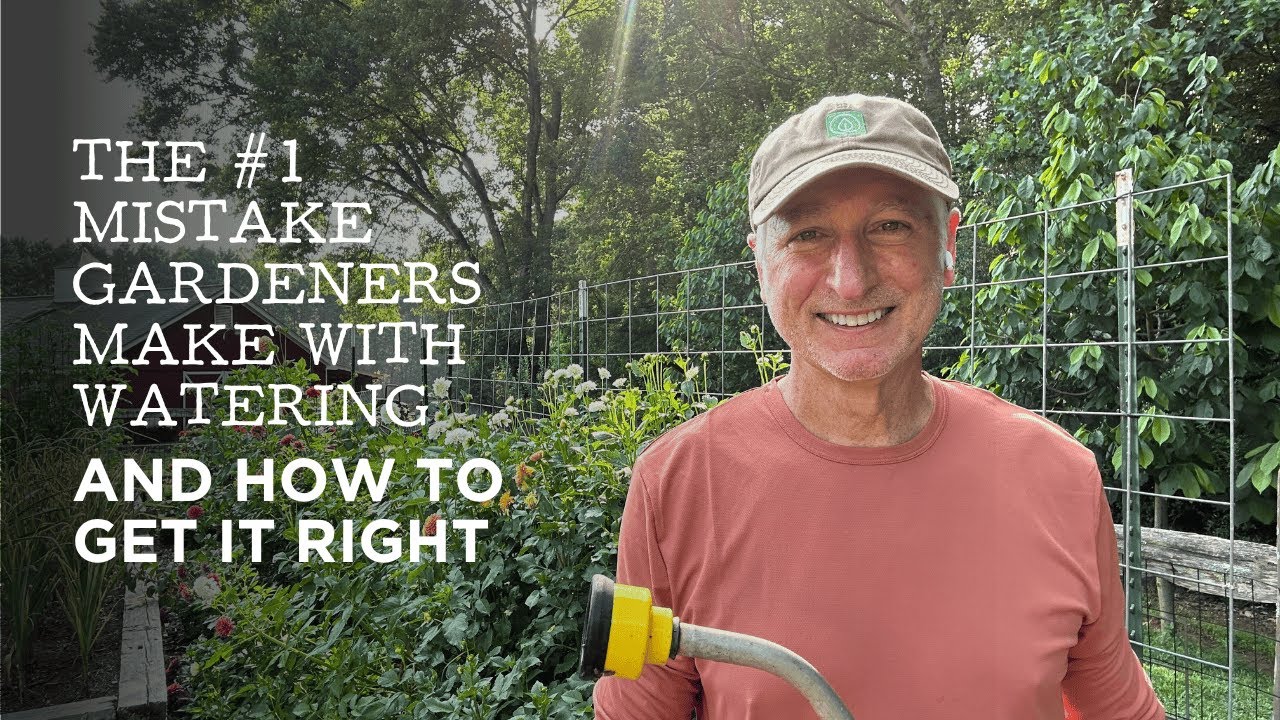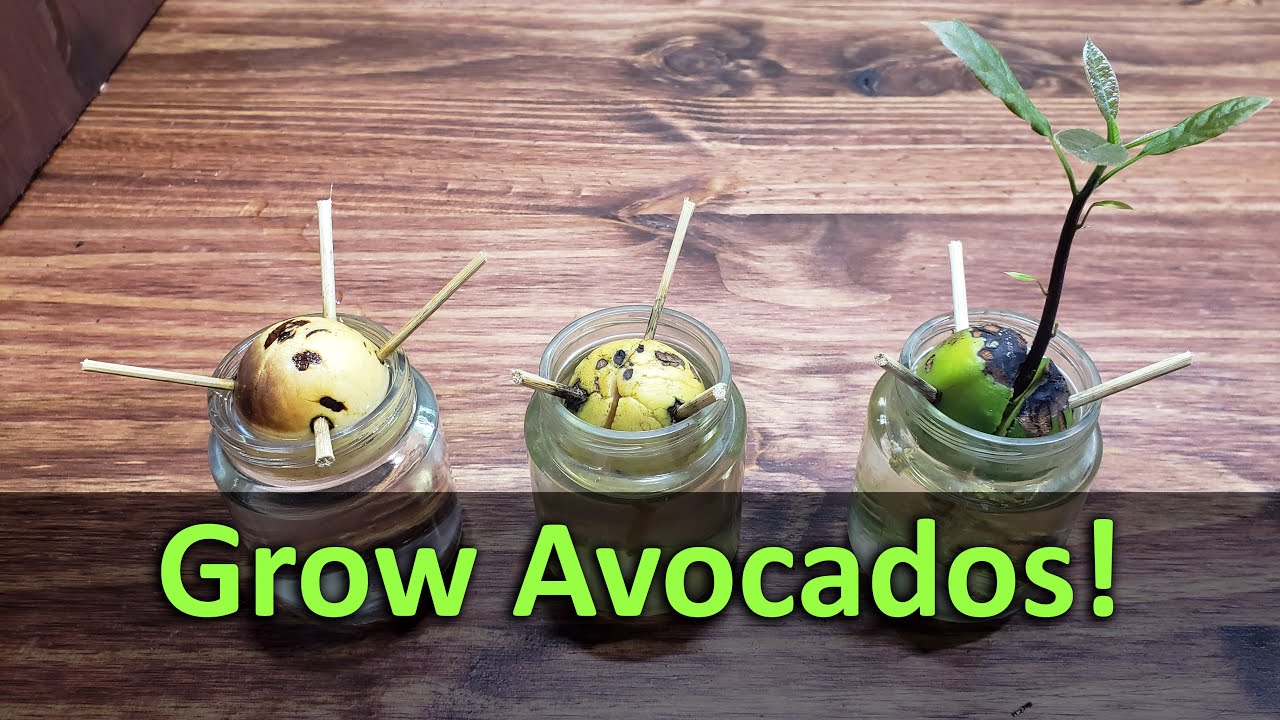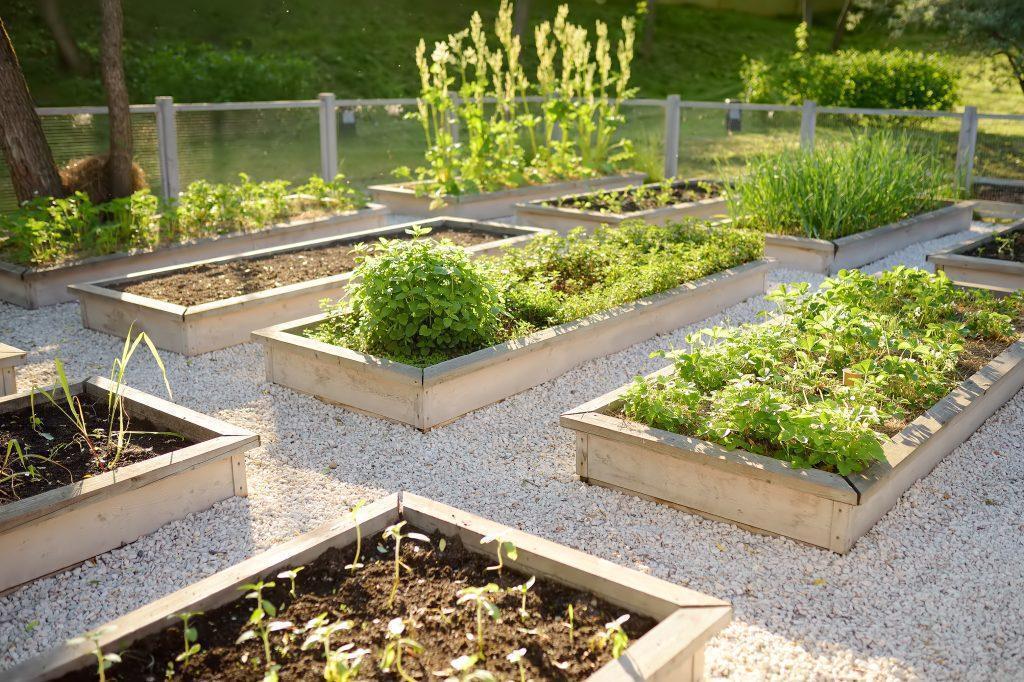Easy, Fresh, and Organic Gardening at Home for Indian Households
Growing your own vegetables and herbs at home is simple and satisfying. You get fresh, chemical-free produce, save money, and enjoy a relaxing hobby. Whether you live in a flat, have a small balcony, or a backyard, vegetable and herb gardening is possible for everyone in India.
In this guide, we will cover everything a beginner needs to start their home garden—from choosing the right plants to caring for them.
Why Start a Vegetable and Herb Garden?
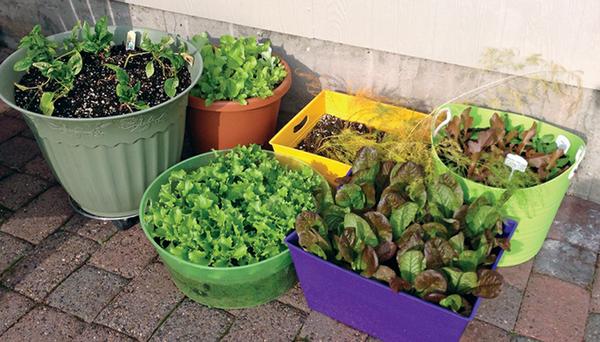
- You eat fresh, pesticide-free food
- You save money on daily vegetables and herbs
- Gardening is a peaceful, rewarding hobby
- It teaches children about nature and food
- Helps reduce plastic packaging and food waste
What You Need to Start
You don’t need a big plot of land. Even a sunny balcony or a few pots on the window sill are enough.
Basic Requirements:
- 4–6 hours of sunlight per day
- Pots, grow bags, or containers
- Good quality soil or potting mix
- Watering can or bottle
- Seeds or saplings
- Natural fertilizers (like compost or vermicompost)
Also Read How to attract butterflies to your garden: Easy Ways to Attract Butterflies Naturally
Best Vegetables to Grow at Home (India)
These vegetables are easy to grow, even for first-time gardeners:
1. Tomato (Tamatar)
- Grows well in pots or grow bags
- Needs daily sunlight and moderate watering
- Ready for harvest in 60–80 days
2. Chillies (Mirchi)
- Grows easily in small containers
- Needs warm climate and regular watering
- Can give fruits for several months
3. Brinjal (Baingan)
- Requires medium-size pots
- Grows best in warm temperatures
- Needs 60–90 days to start fruiting
4. Ladyfinger (Bhindi)
- Thrives in Indian summer
- Needs tall pots (at least 12 inches)
- Produces fruit in 45–60 days
5. Spinach (Palak)
- Fast-growing leafy green
- Can be grown in shallow trays
- Ready to harvest in 25–30 days
6. Fenugreek (Methi)
- Easy to grow from store-bought seeds
- Takes 20–30 days for harvest
- Great for salads and curries
7. Coriander (Dhaniya)
- Grows well in partial sunlight too
- Needs loose soil and regular watering
- Can be harvested in 3–4 weeks
Best Herbs to Grow at Home
Herbs are very useful in Indian cooking. They also need very little space.
1. Tulsi (Holy Basil)
- Sacred and medicinal plant
- Loves sunlight and light watering
- Can be grown from cuttings or seeds
2. Mint (Pudina)
- Grows fast and spreads quickly
- Prefers partial shade
- Best grown from stems in moist soil
3. Curry Leaves (Kadi Patta)
- Grows well in tropical climates
- Needs deep pots and sunny location
- Slow grower but long-lasting
4. Lemongrass
- Useful for tea and flavouring
- Grows tall and bushy
- Needs sunlight and well-drained soil
Soil and Potting Mix
Good soil is the heart of gardening.
Make your own mix:
- 40% garden soil
- 30% compost or vermicompost
- 20% cocopeat or dry leaves
- 10% sand for drainage
You can also buy ready-to-use organic potting mix from nurseries.
Natural Fertilizers for Home Gardens
Avoid chemical fertilizers. Use these natural options instead:
- Compost (from kitchen waste)
- Cow dung compost
- Vermicompost
- Banana peel water (for potassium)
- Buttermilk spray (for soil microbes)
- Neem oil spray (for pests)
Apply fertilizers every 15–20 days.
Watering Tips
- Water in early morning or evening
- Don’t overwater—roots may rot
- Use a spray bottle for small herbs
- Keep the soil moist but not soggy
In summers, water daily. In winters, reduce the frequency.
Common Pests and Natural Solutions
Don’t use chemical pesticides. Try these natural remedies:
- Neem oil spray (for whiteflies, aphids)
- Garlic-chilli spray (for caterpillars and ants)
- Ash or turmeric powder (around plant base for insects)
- Soap water (mild) to remove mealy bugs
Keep plants clean and remove yellow or dead leaves regularly.
Harvesting Tips
- Use scissors or small garden shears
- Don’t pull plants while harvesting
- Harvest leafy greens like spinach and methi regularly
- For fruiting plants, pick once the fruit matures in size and colour
The more you harvest, the more your plant will grow.
How to Start if You Live in an Apartment
Don’t worry if you live in a flat. You can still grow plenty of food.
Tips:
- Use railing planters or vertical garden stands
- Choose shallow trays for herbs and leafy greens
- Hang small pots on your balcony grill
- Place plants near windows with good sunlight
- Reuse plastic bottles or old buckets as planters
Even 5–6 pots can give you weekly greens and herbs.
Seasonal Vegetable Planting in India
| Season | Best Vegetables |
|---|---|
| Summer (Mar–Jun) | Tomato, Bhindi, Chillies, Brinjal |
| Monsoon (Jul–Sep) | Spinach, Beans, Coriander, Methi |
| Winter (Oct–Feb) | Carrot, Beetroot, Peas, Cabbage, Palak |
Choose the right plant based on the season to get the best growth.
FAQs: Vegetable & Herb Gardening in India
Q1. What is the easiest vegetable to grow for beginners?
Spinach, methi, and coriander are easy and grow fast.
Q2. How much sunlight do these plants need?
Most vegetables need at least 4–6 hours of direct sunlight daily.
Q3. Can I grow vegetables from kitchen scraps?
Yes! You can regrow onions, garlic, coriander, and even tomatoes from leftover parts.
Q4. What should I do if pests attack my plants?
Spray neem oil, garlic water, or soap water. Remove damaged leaves.
Q5. How often should I fertilize my garden?
Once every 2–3 weeks with organic compost or natural sprays.
Q6. Do I need to buy expensive tools?
No. Basic items like gloves, a small spade, and pruning scissors are enough to start.
Final Thoughts
Starting a vegetable and herb garden is not hard. It just needs time, care, and consistency. You will soon enjoy fresh, chemical-free food grown by your own hands. It will save money, reduce plastic waste, and connect you with nature.
Even a few pots can grow enough greens for your kitchen. So take the first step today. Choose 2–3 plants, gather your soil and seeds, and begin your gardening journey.
Gardening is not just a hobby—it’s a healthy, sustainable lifestyle.
Author- Ayush

